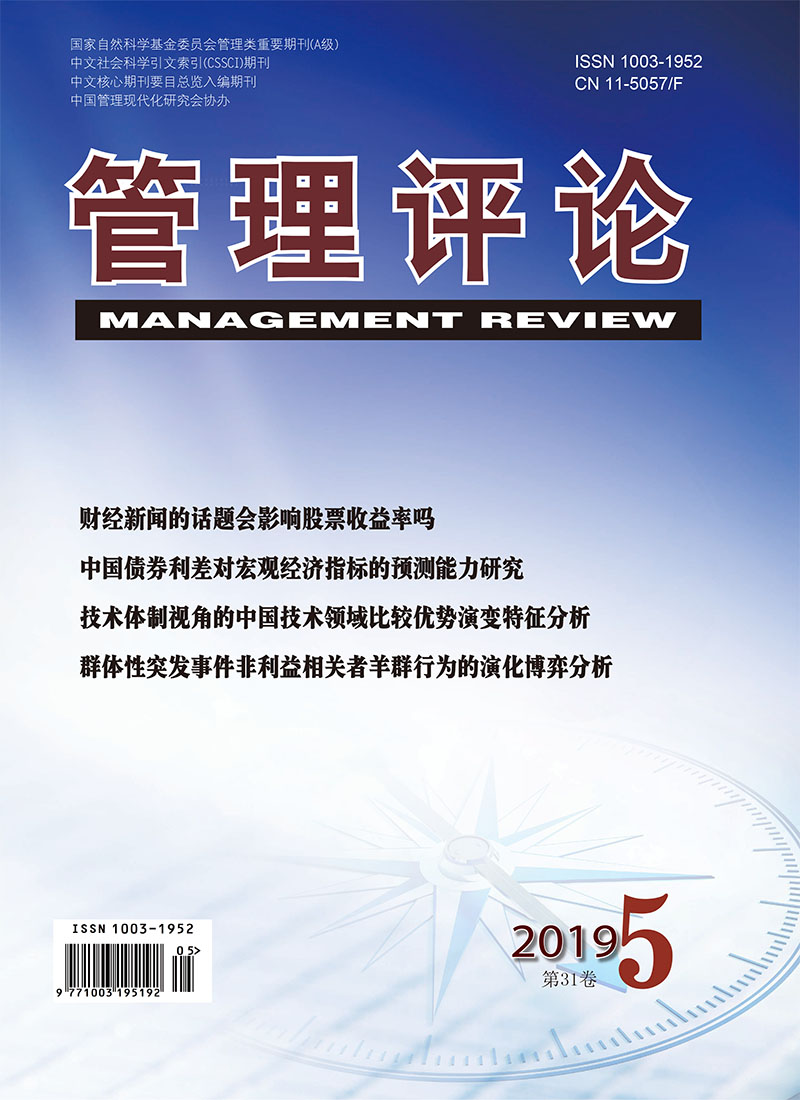In information systems field, top management support has always been considered as a critical antecedent in the IT assimilation process. However, the findings on the relationship between top management support and IT assimilation are contradictory, and various types of IT resources, such as IT infrastructure resources and IT human resources, have not been integrated with top management support in the IT assimilation process. Following upper echelons theory, we argue that a critical type of top management support (i.e., CEO support) will impact IT business spanning capability which reflects the overall evaluation of IT assimilation, and this process is mediated by IT infrastructure resources and IT human resources. With the high level of CEO support, the organization may possess a good position deploy various IT resources, which will easily enhance IT assimilation. Based on a survey collected in Europe, Asia and North America, we use PLS to conduct a quantitative analysis. Our results reveal that CEO support has a positive effect on IT infrastructure resources and IT human resources, IT infrastructure resources and IT human resources have positive effects on IT business spanning capability, and the relationship between CEO support and IT business spanning capability is fully mediated by IT infrastructure resources and IT human resources. Meanwhile, our results also find that IT infrastructure resources negatively moderate the relationship between IT human resources and IT business spanning capability. In the theoretical implications, our research is at an early attempt to apply upper echelons theory to explaining IT assimilation, which extends the range of the application of upper echelons theory. In the practical implications, our research helps IT executives to understand the relationship between top management support, IT resources and IT assimilation, thus developing a better IT strategy to enhance the level of IT assimilation.

